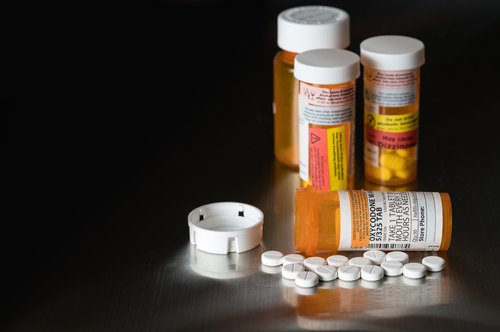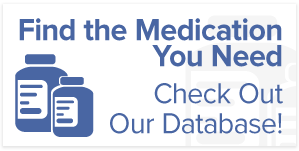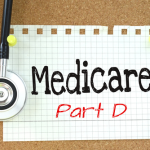Safely Taking Your Prescription Pain Medication
With opioid epidemic death rates increasing each year, the entire nation is on alert. The scariest part of all of these deaths is that while many of them are overdosing on heroin, fentanyl, and carfentanil, their addiction developed with a single bottle of prescription pain medication. These medications are a great tool in the medical field as they reduce painful stimuli due to chronic illness, injury, and surgery. But, when mishandled, they can lead to a crumbling life full of addictive behaviors. Not to mention, a life that ends as another overdose statistic claimed by the opioid epidemic. So, if you have a prescription pain medication, there are a few things that you can do to be sure that you are not misusing it. And, there are a few things you can learn to help spread awareness about these medications.
Different Types of Opioid Prescription Pain Medication
Fortunately, for everyday aches and pains, over-the-counter medications can help reduce pain. These medications include antihistamines(cold and flu medications) and non-steroidal anti-inflammatory drugs(ibuprofen and aspirin). But, to help ease more severe pain which may inhibit an individual from performing daily routines or functioning at all, opioids are usually prescribed. There are a number of different opioids used in the medical field. Identifying which opioid you’re prescribed can help you learn more about its dangers and how to correctly use it. Types of opioids prescribed in medical settings include:
Morphine- This medication is derived right from the opium sap taken off a poppy plant. So, it’s rather potent. It’s used in extreme settings like after surgery and in hospice care to ease high pain responses. It’s usually administered in a liquid form by I.V.
Hydrocodone- Frequently mixed with antihistamines to reduce pain and help with flu-like symptoms concurrently, this medication is prescribed for moderate and severe pain. If it’s mixed with antihistamines, hydrocodone is available in pill form. But, if not mixed, extended-release tablets are usually prescribed.
Codeine- Slightly less potent than hydrocodone, codeine is prescribed in cases of moderate pain. It’s also usually mixed with antihistamines and offered in pill form. But, it’s also often prescribed in liquid form for the reduction of pain in patients with a severe cough like strep throat.
Oxycodone- Similar to hydrocodone and codeine, oxycodone is commonly mixed with acetaminophen rather than antihistamines. Acetaminophen is another form of short-term pain relief. It commonly is referred to as the household brand, Tylenol. But, oxycodone can also be prescribed by itself. It’s used in cases of moderate to severe pain.
Using your Prescription Pain Medication in the Safest Way
Because of the high potency of these drugs and the risk of developing an addiction, these medications must be used with care. Steps to using your prescription pain medication include:
- unsure of proper administration or schedule, contact your doctor or pharmacist before use.
- Don’t increase dose or take more than dosing schedule suggests. Since these drugs have a risk for developing dependence, upping the dose can increase tolerance levels. Therefore, leading to the development of addiction. It’s vital to only administer the amount of medication suggested by your doctor.
- Never give your prescription pain medication to anyone else. Even if a friend or loved one is in pain, keep your medication only for yourself. Addiction can be developed with a single use of these potent drugs, so they are only to be used by those prescribed them. And, your developed tolerance of the drug may differ from someone who has never used it. So, providing someone with your medication could lead to an overdose and even death.
Other Dangers Besides Addiction to be Aware of
Although addiction is one of the main concerns of these medications, there are some other precautions that should be taken. These precautions include:
- Don’t operate heavy machinery while taking your prescription pain medication. Just like other drugs, these medications cause impairment of feeling and judgment. This makes it dangerous for you and those around you to operate heavy machinery.
- Stay away from mixing opioid medications with other drugs or alcohol. If you are taking other medications, ask your doctor if it’s ok to mix with your opioid medication. Mixing illicit drugs or even other legal substances with opioids can lead to dangerous consequences like coma and death.
- Know about the side effects of the medication. Prepare yourself for what is normal or abnormal when taking any prescription pain medication so that you are aware of if you need to seek medical attention. All prescription medications come with their own side effects. Learn the ones you should be prepared for.
Paying for your Prescription Pain Medication
Need help paying for your prescription pain medication? Advocate My Meds may be able to help! Give us a call today at 877-596-1604 or visit our website to find out how we can discount or even fully cover the cost or your prescriptions!







